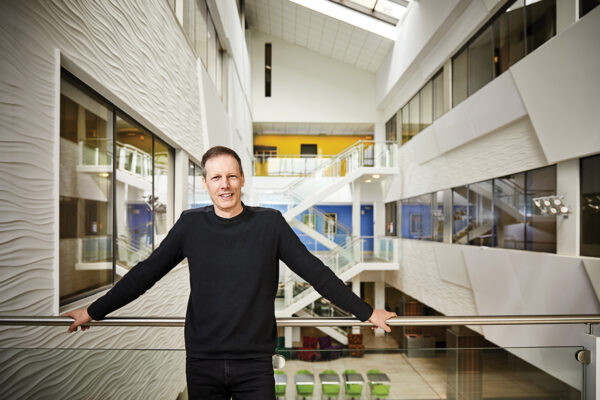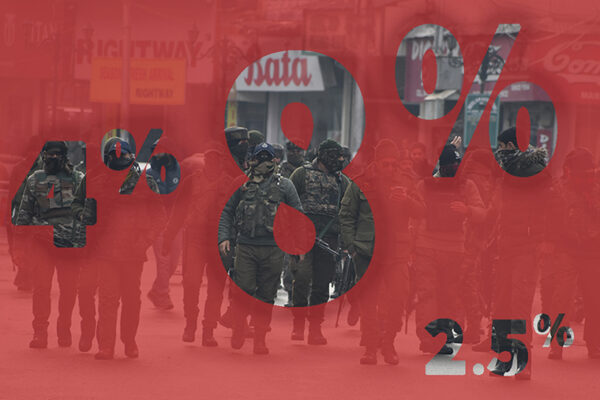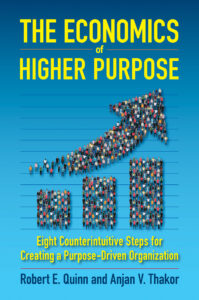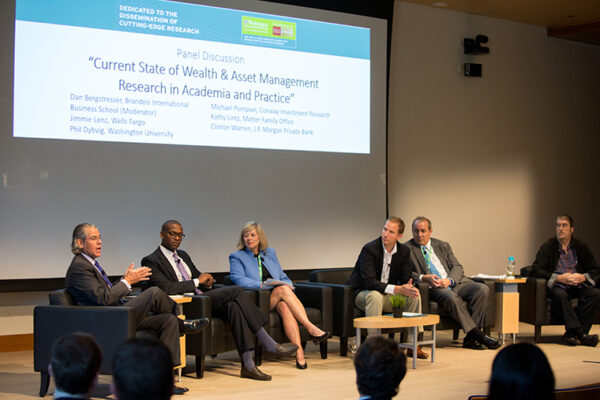WashU Expert: Gig economy bill would have broad implications for American labor
Lawmakers in California have approved a bill that could pave the way for gig economy workers, such as Uber and Lyft drivers, to be reclassified as employees and not contract workers. If the bill becomes law, it will have broad implications for labor in America, says Pauline Kim, an employment law expert in the School of Law.
The problem solver
With Square, LaunchCode, Third Degree Glass Factory and more to his name, alumnus Jim McKelvey Jr. is often called a serial entrepreneur. In fact, he has just never met a problem he didn’t want to solve.
First Person: What it’s like to be a lie spotter
Pamela Meyer, BA ’80, is founder and CEO of Calibrate, a corporate training company that specializes in deception detection. She is author of the 2010 book Liespotting: Proven Techniques to Detect Deception, and her 2011 Ted Talk, “How to Spot a Liar,” has more than 22 million views. Here she talks about deciphering deception.
In India, riots have lasting impact on how loans are made
Riots that resulted in anywhere from 10 to 1,000-plus deaths in their hometowns ultimately influenced lending decisions among hundreds of loan managers in India — and the effect endured for decades, reveals a new study involving Washington University in St. Louis. The research shows a country’s ethnic fissures can create crevasses in its road to economic progress.
Corporate America endorses responsibility, values
CEOs belonging to the Business Roundtable publicly committed to corporate responsibility to society as a whole, “a huge statement from one of the most influential groups in American business,” says a Washington University in St. Louis expert in values-based business.
The Economics of Higher Purpose
Eight Counterintuitive Steps For Creating a Purpose-Driven Organization
Two distinguished scholars offer eight steps to help organizations discover and embrace an authentic higher purpose–something that will dramatically improve every aspect of any enterprise, including the bottom line.
Booth, leaders headline Wealth and Asset Management Research Conference
Key leaders from some of the United States’ largest financial-adviser firms are featured speakers at the fourth annual Wealth and Asset Management Research Conference Aug. 22 and 23 at Knight Hall’s Emerson Auditorium on the Washington University in St. Louis campus.
A passion for sustainable food
Washington University in St. Louis alum Ben James recently founded sustainable food company Stone’s Throw Hash in Baltimore.
Medicare drug plan’s design keeps federal subsidies in check
In a new study involving a researcher from Washington University in St. Louis’ Olin Business School, the co-authors discovered something they say surprised them: Medicare Part D’s setup actually inhibits insurers from seeking higher subsidies from the government. It keeps subsidies in check by virtue of the way it’s designed.
Dishonest acts hurt one’s ability to read others’ emotions
Dishonest deeds diminish a person’s ability to read others’ emotions, or “interpersonal cognition,” finds a new study from four researchers, including one from the Olin Business School at Washington University in St. Louis. Another finding: dishonesty breeds “a vicious cycle.”
Older Stories









